Search
-
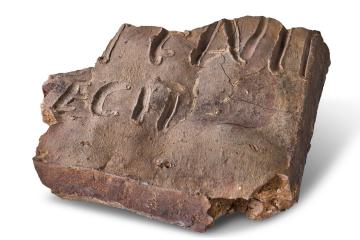 ©
NMAG
©
NMAG
Roman Grafitti Tile
Marked with the personal name of its maker, this tile is evidence of Roman industry in Northamptonshire as well as local literacy.
Roman 200 - 300 CE Roman and Early Medieval
-
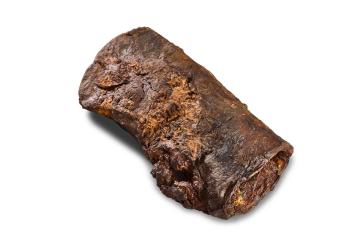 ©
NMAG
©
NMAG
Iron Age Axe Head
A socketed axe made by casting iron in a mould. It probably reflects the transition from bronze to iron metalworking in the early Iron Age.
Iron Age 800 - 43 CE Geologic to Prehistoric
-
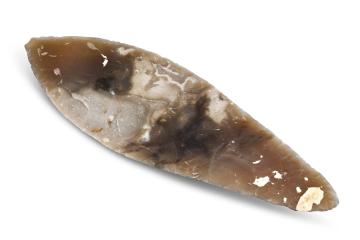 ©
NMAG
©
NMAG
Bronze Age Flint Dagger
This flint dagger was found in a male burial in a barrow along with other grave goods. It had never been used so may have been an ornamental or ritual piece.
Early Bronze Age 3300 - 2100 BCE Geologic to Prehistoric
-
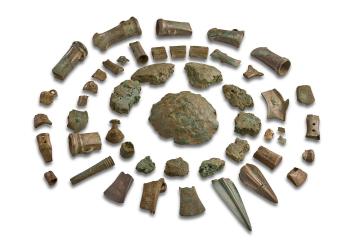 ©
NMAG
©
NMAG
Bronze Age Hoard
A collection of Bronze Age damaged or worn bronze objects including axe heads, sword framents and other bronze pieces found together buried in a hoard.
Bronze Age 3300 - 1200 BCE Geologic to Prehistoric
-
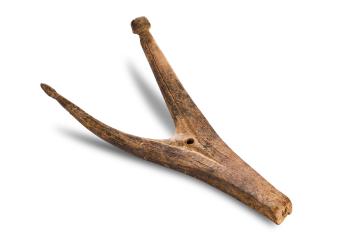 ©
Peterborough Museum
©
Peterborough Museum
Roman Lucet
A lucet was used to make braids and cords. Found at a Roman military site this is the earliest example found in Britain or Europe.
Roman 45 - 65 CE Roman and Early Medieval
-
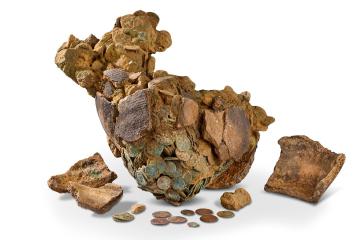 ©
NMAG
©
NMAG
Wootton Coin Hoard
Containing over 1900 coins this Roman hoard was found in Wootton Fields. They were buried during the later Roman period in a black pot.
Roman 325 CE Roman and Early Medieval
-
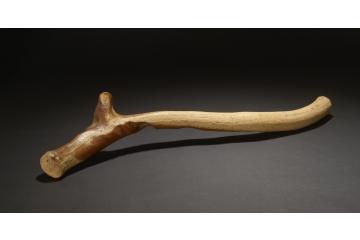 ©
The Trustees of the British Museum
©
The Trustees of the British Museum
Palaeolithic Lyngby Axe
The only example of a Lyngby axe found in Britain, this multi-purpose tool was used by people in the Upper Palaeolithic (Old Stone Age).
Upper Palaeolithic c. 10,000 years ago Geologic to Prehistoric
-
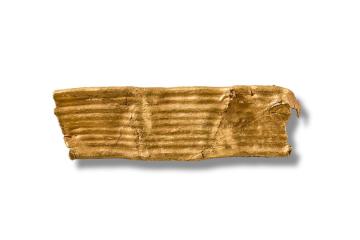 ©
NMAG
©
NMAG
Early Bronze Age Ribbon
A short piece of decorated gold strip or ribbon dating to the Bronze Age.
Early Bronze Age Geologic to Prehistoric
-
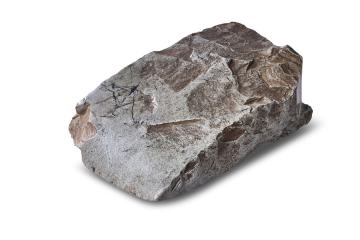 ©
NMAG
©
NMAG
Neolithic Adze
With the start of Neolithic farming came new stone tools. This adze is of a type and stone more commonly found in Denmark.
Neolithic 4,100 - 2,500 BCE Geologic to Prehistoric
-
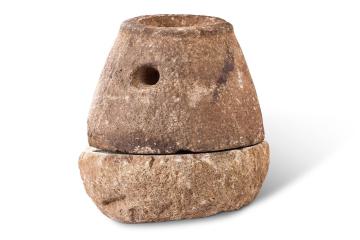 ©
NMAG
©
NMAG
Iron Age Rotary Quern
Rotary quern made from millstone grit used to grind cereals into flour. More than 100 were found at the Iron Age hillfort at Hunsbury Hill.
Iron Age c. 200 BCE Geologic to Prehistoric
-
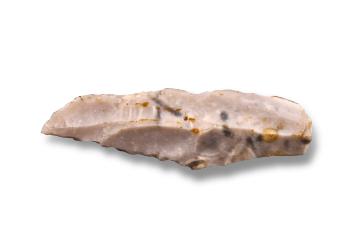 ©
NMAG
©
NMAG
Mesolithic Flint Microlith
Flint microlith - small stone tool made and used by nomadic hunters gatherers living in the Nene Valley during the Middle Stone Age.
Mesolithic c. 9600 - 4000 BCE Geologic to Prehistoric
-
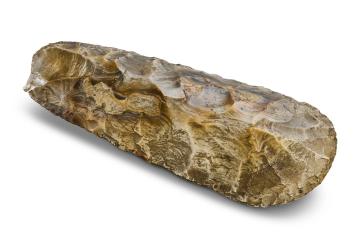 ©
NMAG
©
NMAG
Thorpe (Neolithic) Axe
The Thorpe axe, named after the finder of the Axe in the inter-war years, is a large neolithic flint axe found in Higham Ferrers.
Neolithic 4,100 - 2,500 BCE Geologic to Prehistoric
-
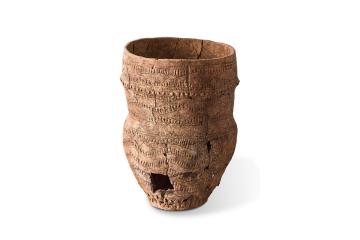 ©
NMAG
©
NMAG
Bronze Age Beaker
HIghly decorated pottery vessel, known as a Beaker pot. Found as part of a male burial marked by a Bronze Age round barrow.
2050 - 1900 BCE Geologic to Prehistoric
-
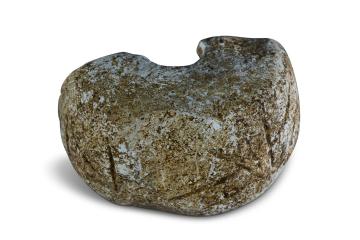 ©
NMAG
©
NMAG
Roman Spindle Whorl
Marked with the name of the Roman woman who used it, spindle whorls were used to spin wool into yarn to make clothes.
Roman 43 - 410 CE Roman and Early Medieval
-
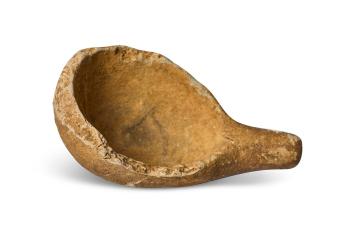 ©
NMAG
©
NMAG
Bronze Age Spoon
A rare Bronze Age Ceramic spoon found in a cremation burial found during excavations in Middleton Cheney.
Bronze Age 1970 - 1740 BCE Geologic to Prehistoric
